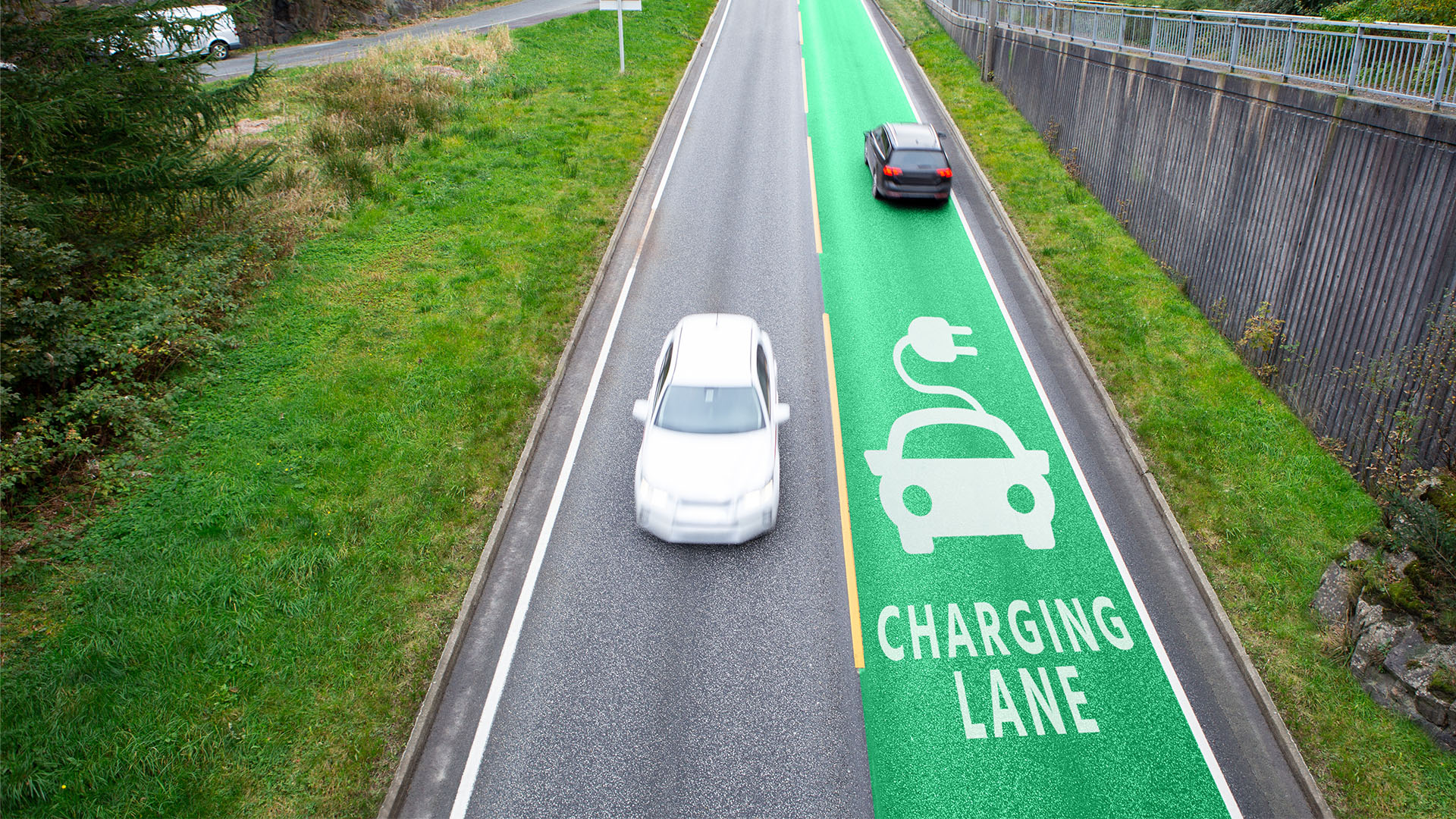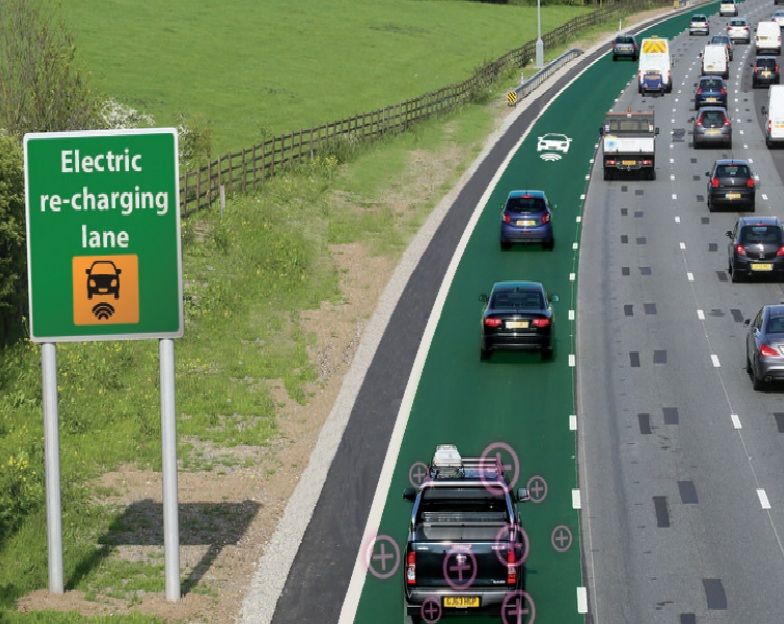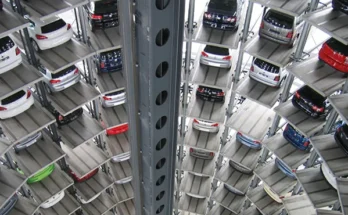Sweden is once again leading the charge in sustainable transportation with a groundbreaking innovation: the world’s first permanent electrified road for electric vehicles (EVs) to charge while driving. This ambitious project, set to revolutionize EV infrastructure, marks a significant step towards reducing range anxiety and enhancing the feasibility of electric transport on a large scale.

The concept of electrified roads is not entirely new, but previous projects have primarily been pilot tests or temporary installations. Sweden is now taking a giant leap forward by constructing a permanent solution designed to seamlessly integrate into the country’s highway system. The first stretch of this innovative road will be established on the E20 highway, a major route connecting Stockholm, Gothenburg, and Malmö—three of Sweden’s largest cities.

How Does It Work?
The electrified road will utilize a dynamic charging system, enabling EVs to recharge while moving. Several technologies have been explored, but the most promising solutions involve conductive charging via rails embedded in the road, inductive charging through wireless transmission, or overhead cables similar to those used in electric buses and trolleys. Sweden has already experimented with electrified road technology, including a 2-kilometer stretch near Stockholm that successfully tested an embedded rail system.

The new project aims to scale up this concept and integrate it into a broader highway network. Vehicles equipped with compatible receivers can draw energy from the road, reducing their dependence on large, expensive batteries and minimizing charging downtime. This could significantly benefit long-haul freight transport, where battery size and range limitations remain key challenges.
Why Is This Important?
One of the biggest hurdles to widespread EV adoption is charging infrastructure. While stationary fast chargers are expanding globally, they still require vehicles to stop and recharge, leading to potential delays and inefficiencies. Electrified roads eliminate this issue by ensuring that vehicles receive power continuously while in motion. This technology could drastically cut down battery sizes in EVs, making them lighter, more affordable, and less reliant on scarce resources such as lithium and cobalt.
Moreover, electrified roads align perfectly with Sweden’s ambitious climate goals. The country aims to become carbon-neutral by 2045, and transforming its transport sector—which accounts for a significant share of emissions—is a crucial part of this strategy. If successful, Sweden’s model could inspire similar initiatives worldwide, setting a new standard for sustainable mobility.
Challenges and Future Prospects
Despite its potential, the electrified road concept faces some challenges. The initial costs of installation and maintenance are high, and ensuring compatibility across different EV models requires further standardization. Additionally, there are concerns about energy efficiency and wear-and-tear on the road infrastructure. However, with Sweden’s strong track record of innovation and sustainability, these obstacles are likely to be addressed through continued research and development.
As this pioneering project unfolds, all eyes will be on Sweden to see if electrified roads can truly become the future of EV charging. If successful, this could mark the beginning of a new era in transportation, where vehicles are not just electric but perpetually powered on the go.



